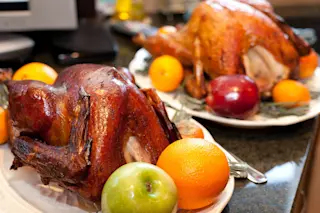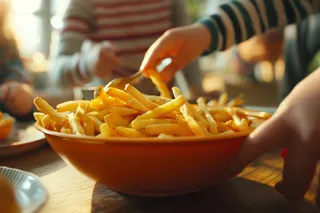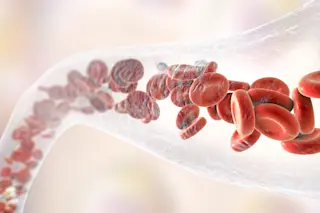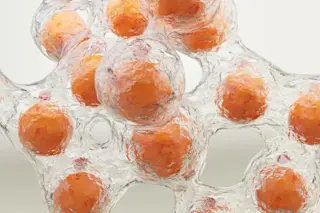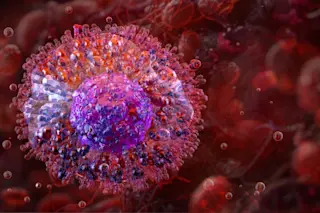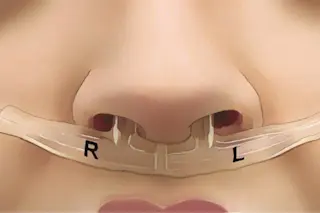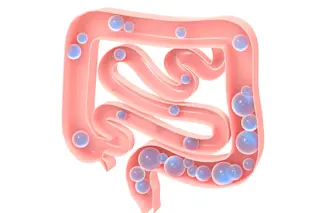Amidst the assortment of homemade pies and pillowy mashed potatoes, a moist, flavorful turkey is the hallmark of any traditional Thanksgiving. We’ve all been guilty of it though—feigning enjoyment while choking down tough, dry turkey that can’t be salvaged with even the most decadent of gravies.
Brining offers a magic solution to your Thanksgiving turkey woes. Brining is a simple technique that can promise your turkey a coveted, juicy tenderness. To brine a turkey, you immerse it in a solution of 3-6% salt by weight, for anywhere from a few hours to two days. After cooking, your meat will be noticeably juicier. This transformation isn’t just your turkey absorbing fluid like an enormous meat sponge, but is instead an intricate interplay of diffusion, osmosis, and protein biochemistry.
Meat proteins typically respond to heat by unraveling like balls of yarn. Once unraveled, they tangle with each other and coagulate, causing the ...


